2018 Instructors
Fred Allendorf
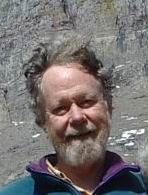
Fred W. Allendorf is a Regents Professor (Emeritus) at the University of Montana and a Professorial Research Fellow at Victoria University of Wellington in New Zealand.
His primary research interests are conservation and population genetics. He has published over 200 articles on the population genetics and conservation of fish, amphibians, mammals, invertebrates, and plants. He is a past President of the American Genetic Association and served as Director of the Population Biology Program of the US National Science Foundation. He has taught conservation genetics workshops in the US, Australia, South Africa, and New Zealand.
Eric C. Anderson

Eric is a research molecular geneticist at the Southwest Fisheries Science Center, Santa Cruz, CA, and a research associate in the Institute of Marine Sciences at University of California, Santa Cruz.
Eric develops and applies statistical and computational methods for inference from population genetic data. Most methods are directly relevant to management and conservation. His work has focused on Monte Carlo methods for efficient calculation of likelihoods from genetic models, Bayesian methods, computations on the coalescent process, application of hidden Markov models and graphical models to genetics, and inference in finite mixture models. He has recently been involved in developing methods for multigenerational pedigree inference using SNPs, deriving and using multiallelic "microhaplotype" marker data from next generation sequencing of amplicons, and large-scale pairwise relationship inference for close-kin mark-recapture.
Tiago Antao

Tiago is a bioinformatician currently working in the genomics of the mosquito Anopheles gambiae, the main vector of malaria. He was originally a computer scientist that crossed over to computational biology with a MSc in Bioinformatics from the Faculty of Sciences of the University of Porto, Portugal and a PhD on the spread of drug resistant malaria from the Liverpool School of Tropical Medicine in the UK. Is is one of the co-authors of Biopython a major bioinformatics package written in Python. He has also developed LOSITAN, a Jython based selection detection workbench.
In his post-doctoral career he has worked with human datasets at the University of Cambridge (UK) and with mosquito whole genome sequence data at the University of Oxford (UK) and currently as a Sir Henry Wellcome Fellow at the Liverpool School of Tropical Medicine. He is the author of the book "Bioinformatics with Python Cookbook"
Rachael Bay
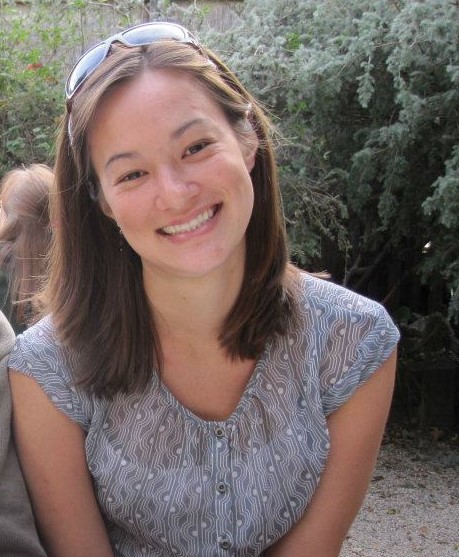
Rachael Bay is an assistant professor in the Department of Evolution and Ecology at the University of California Davis. She is broadly interested in how human-induced environmental change can alter the evolutionary trajectories of populations and species. Her research program combines ecological and physiological experiments, large scale environmental data, and genomic data with the ultimate goal of predicting future adaptation and persistence under rapid environmental change.
Christen Bossu
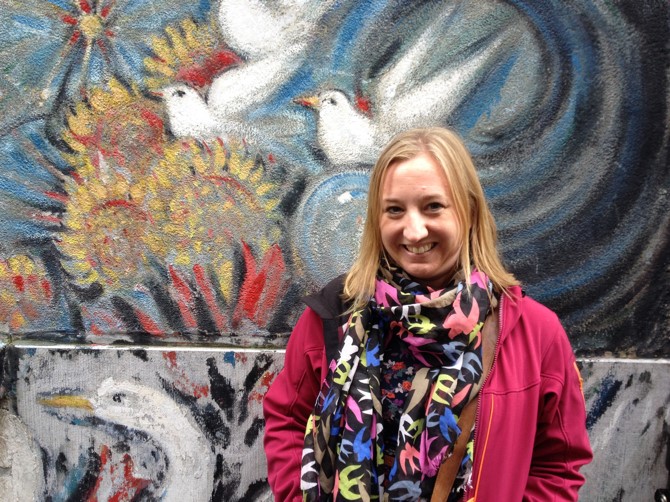
Christen Bossu is a postdoctoral fellow at the Institute of Environment and Sustainability at the University of California, Los Angeles. She is broadly interested in understanding the evolutionary mechanisms that facilitate the origin, diversification, and maintenance of species biodiversity. Her research program uses genomics to identify the genetic underpinnings of traits involved in reproductive isolation and adaptation. Currently, she is working on the Bird Genoscape project using genomics to create fine-scale population-specific migratory flyway maps for birds, detect loci under selection that underlie different migratory strategies, and map the potential for bird populations to adapt to future climate change scenarios.
Brenna Forester
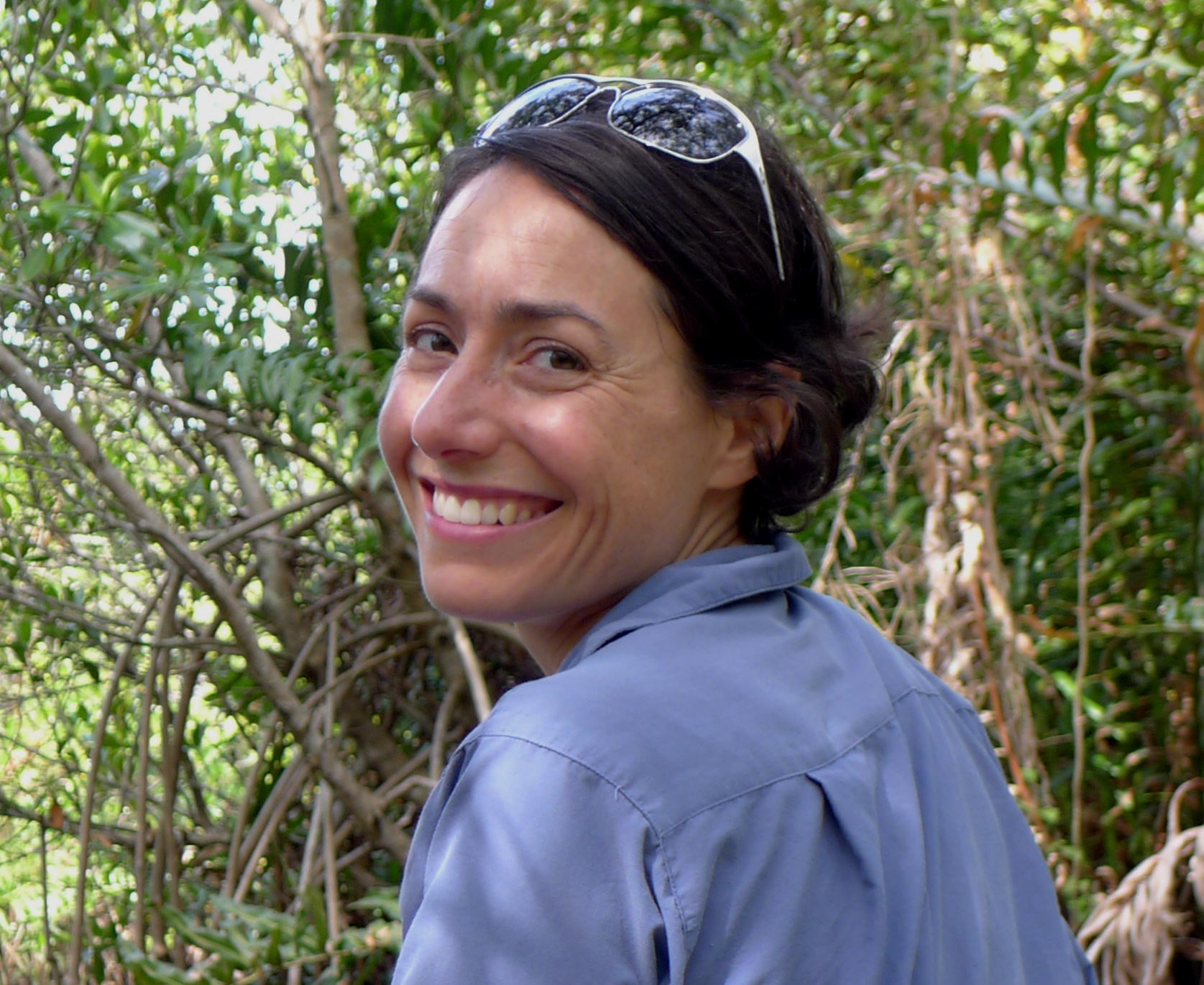
Brenna is a postdoc at Colorado State University studying the population genomics and evolutionary ecology of tailed frogs. She is interested in how genomic data can be used to assess evolutionary potential and inform the management of species of conservation concern. Her research has also focused on testing statistical approaches for detecting loci under selection in a landscape genomics framework. She completed her M.Sc at Western Washington University, and her PhD at Duke University.
View Brenna's websiteMackenzie Gavery
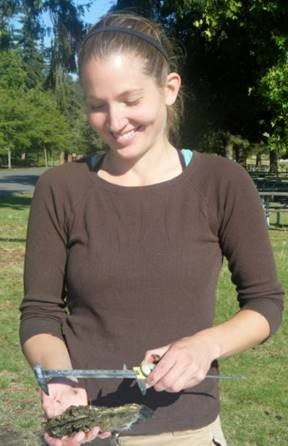
Mackenzie is a postdoctoral researcher at the University of Washington and NOAA’s Northwest Fisheries Science Center, in Seattle
Her research interests include the genetic basis of adaptation with emphasis on epigenetic mechanisms. Broadly, she is interested in understanding how environmentally-induced changes in the epigenome of larval fish and shellfish contribute to adult (and potentially offspring) phenotype. Her current project explores the effects of hatchery-rearing on genetic and epigenetic variation in steelhead trout.
Tabatha Graves
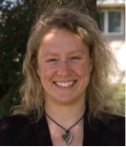
Tabitha's work strives to answer applied research questions at the intersection of wildlife biology, landscape ecology, and statistics. Much of her work has been in the landscape genetics realm and involved improving our understanding and developing analytical tools to address the influence of landscape features (including human impacts) on animals at the sub-population and population scales. While Tabitha has primarily studied grizzly bears, she has also worked on large range of projects including: black bears, wolverines, mountain goats, bighorn sheep, wolves, lynx, kinkajou, loons, hawks, owls, riparian vegetation, pika, and sugar pine.
View Tabitha's USGS staff pageBrian Hand
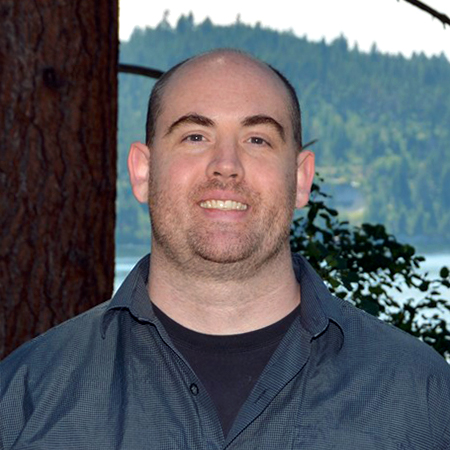 Brian Hand is a Postdoc at the University of Montana and the Flathead Lake Biological Station.
Brian Hand is a Postdoc at the University of Montana and the Flathead Lake Biological Station.
Brian works in the burgeoning field of landscape genetics/genomics which combines landscape ecology, computer science and spatial statistics. He is interested in using problem solving techniques (algorithms) from the field of computer science to answer important conservation problems. One of his greatest interests is to develop web-based research and educational platforms to help to revolutionize the field of conservation genetics by providing managers and researchers with powerful and accessible software tools. Recently, his work has focused on riverscape genetics modeling and studying the impact of climate change on endangered species like steelhead and bull trout. And to study the genome-wide impacts of introgression in hybridizing westslope cutthroat with rainbow trout.
Paul Hohenlohe
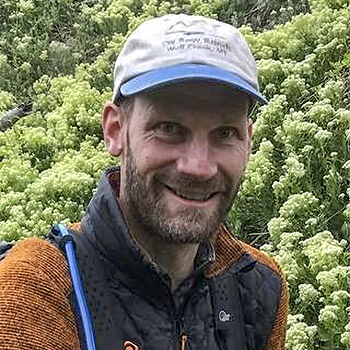 Paul A. Hohenlohe is an assistant professor at the University of Idaho.
Paul A. Hohenlohe is an assistant professor at the University of Idaho.
His research focuses on linking quantitative and population genetics approaches to study the genomic basis of evolution in natural and experimental populations. He develops novel theoretical and analytical tools for high-throughput DNA sequencing technology, such as RAD sequencing, and applies these tools to address questions in evolution and conservation.
Marty Kardos

Marty Kardos is a postdoc at Uppsala University (Ellegren lab) working on projects related to trait mapping, and genomic signatures of selection and inbreeding in flycatchers and wolves. His research involves inbreeding and its fitness effects, and the genetic basis of adaptation and phenotypic variation in natural populations. He starts a postdoc at the University of Montana in September 2016 mapping RADtag markers genome wide in cutthroat trout and testing for genome regions associated with survival and reproductive success in hybrid trout (and nonhybrid native).
Joanna Kelley

Joanna Kelley is an associate professor in Evolutionary and Population Genomics at Washington State University.
Her research interests include understanding how populations diverge and adapt to different environments, using comparative genomics and RNA-sequencing. She also uses statistical and genomic approaches to characterize specific genes and pathways that underlie adaptive change.
Gordon Luikart

Gordon Luikart is a professor at the Flathead Lake Biological Station (University of Montana).
He was a Research Scientist with the Centre National de la Recherche Scientifique (CNRS) at the University Joseph Fourier in Grenoble, France, and Professor at the University of Porto (and CIBIO) Portugal. His research focuses on the development and application of molecular and computational approaches to understand the genetic basis of fitness, adaptation, connectivity, spread of invasive species/pathogen, and the conservation wild and domestic animals. He coauthored the book entitled Conservation and the Genetics of Populations, with Fred Allendorf and Sally Aitken.
Mike Miller
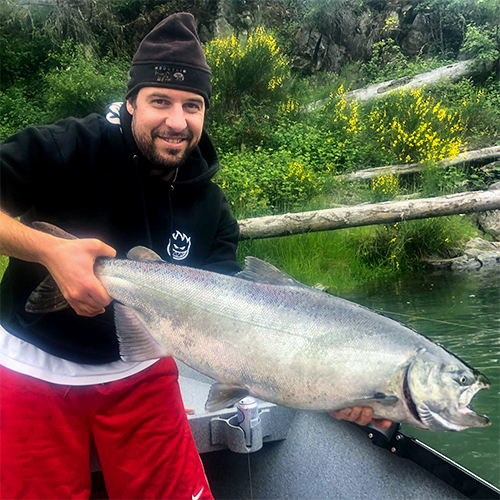
Mike Miller is and assistant professor of population/quantitative genetics/genomics at the University of California, Davis.
His research interests are in animal genetics and genomics, conservation and ecological genomics, bioinformatics technology development, and salmonid fishes. He is a co-inventor of RADs and related novel molecular technologies. Mike led the sequencing of the rainbow trout genome.
Clint Muhlfeld
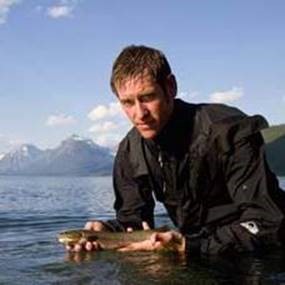
Clint is a Research Aquatic Ecologist for the USGS Northern Rocky Mountain Science Center stationed in Glacier National Park and Associate Research Professor at the University of Montana’s Flathead Lake Biological Station. His research interests encompass the fields of aquatic ecology, fisheries biology, and conservation biology. His research focuses on assessing how human stressors – invasive species, habitat modification, and climate change – influence native salmonids and rare alpine macroinvertebrates in the Rocky Mountains of the United States and Canada.
Stefan Prost
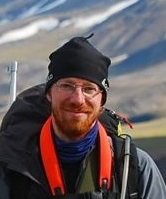
Stefan Prost is a postdoc at the Senckenberg Museum in Frankfurt, Germany, working on conservation and evolutionary genomics. His research focuses on applied conservation genomics, investigating the basis of evolutionary processes such as adaptation and speciation, and portable sequencing technologies. Over the years he has worked with each commercially available sequencing technology and researched combinations of sequencing technologies, sequencing library types and bioinformatic processing to generate high quality reference genomes.
Kristen Camille Ruegg
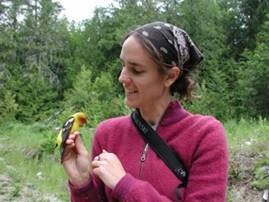
Kristen Ruegg is a Research Professor at the University of California, Santa Cruz, and an Adjunct Professor at the Institute for the Environment and Sustainability at the University of California, Los Angeles. She has over 15 years of experience working on migratory bird conservation and is the co-founder and co-director of the Bird Genoscape Project. The goals of the Bird Genoscape Project are to harness genomic sequencing to: 1) create comprehensive, visually impactful, migratory flyway maps for birds that can be used to motivate conservation efforts across geographic and political boundaries, and 2) map the potential for bird populations to adapt to climate change. Combined with other life history data, this fine-grained information enables conservation scientists to target limited resources to the places in the annual migratory cycle where they are most needed. As part of this project she oversees genomic research on 14 bird species of birds and works to build partnerships between academia, NGO’s and governmental agencies to translate the science of the Bird Genoscape Project into conservation action.
Mike Schwartz

Mike is the Conservation Genetics Team Leader at the Forest Service Rocky Mountain Research Station (USFS). Schwartz has spent the past 15 years focusing on the fields of population, conservation, and landscape genetics. He seeks practical answers to natural resource problems, combining field and lab work. His research combines molecular ecology lab work with a strong field component in conservation genetics, landscape genetics, genetic monitoring and the ecology of threatened species. Mike is a recipient of the Presidential Early Career Award in Science and Engineering and the Rocky Mountain Research.
Rena Schweizer
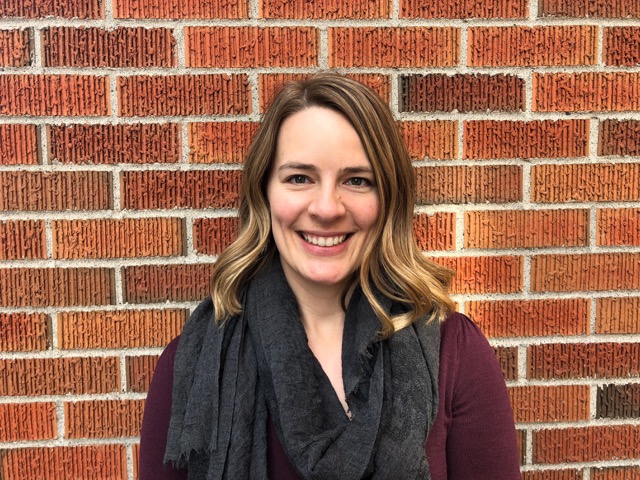
Rena Schweizer is a postdoc in the Division of Biological Sciences at the University of Montana. She is an evolutionary biologist who integrates genomics, physiology, and modern computational methods to understand the genetic basis of adaptation in natural populations. During her graduate work at UCLA, Rena implemented genomic approaches to understand genetic substructure and natural selection in gray wolves. She also developed bioinformatics resources and led analyses in several multi-institutional collaborations exploring demographic history and selection in dogs and wolves. Rena has extensive experience in many types of genomic data, and has learned a suite of computational skills, including scripting in Python, R, and Unix and parallelizing analyses on multi-core servers.
Robin Waples
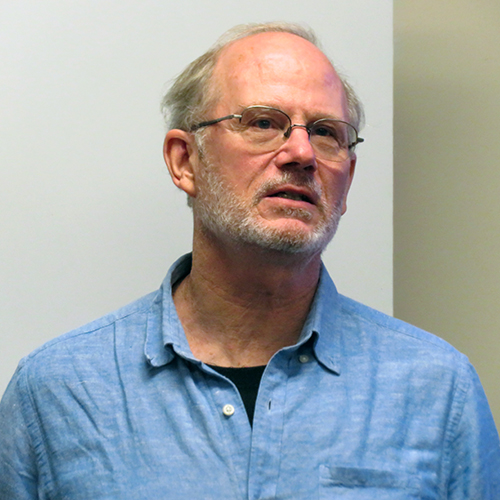
Robin Waples is a senior scientist at the Northwest Fisheries Science Center of the National Marine Fisheries Service in Seattle. Robin led the Conservation Biology Division for a decade conducting comprehensive reviews of the status of Pacific salmonids under the US federal Endangered Species Act. Particular interests include: adapting standard population genetics theory so that it can be applied to real-world problems; combining diverse types of information (molecular genetics; life history; ecology) to characterize hierarchical levels of diversity in Pacific salmon; assessing viability of complex conservation units that include multiple independent populations and diverse ecotypes; methods for analyzing gene flow and population structure.
Andrew Whiteley

Dr. Andrew Whiteley is a recent new hire as Assistant Professor of Fisheries & Conservation Genomics at the University of Montana. Dr. Whiteley conducts both applied conservation genetics research and research that tests and develops basic evolutionary theory. His overarching research goal is to link genetic factors with other aspects of an organism’s biology, life-history, and demography to help predict population persistence. More specifically, his research aims to understand: 1) spatial patterns of an organism’s genetic diversity, 2) effective population size as a predictor of persistence probability, 3) whether translocation is an effective practice to enhance persistence probabilities (“genetic rescue”), and 4) adaptive dynamics and mechanisms. His research also works to develop and test general tools that will help advance the field of conservation genetics/genomics.
